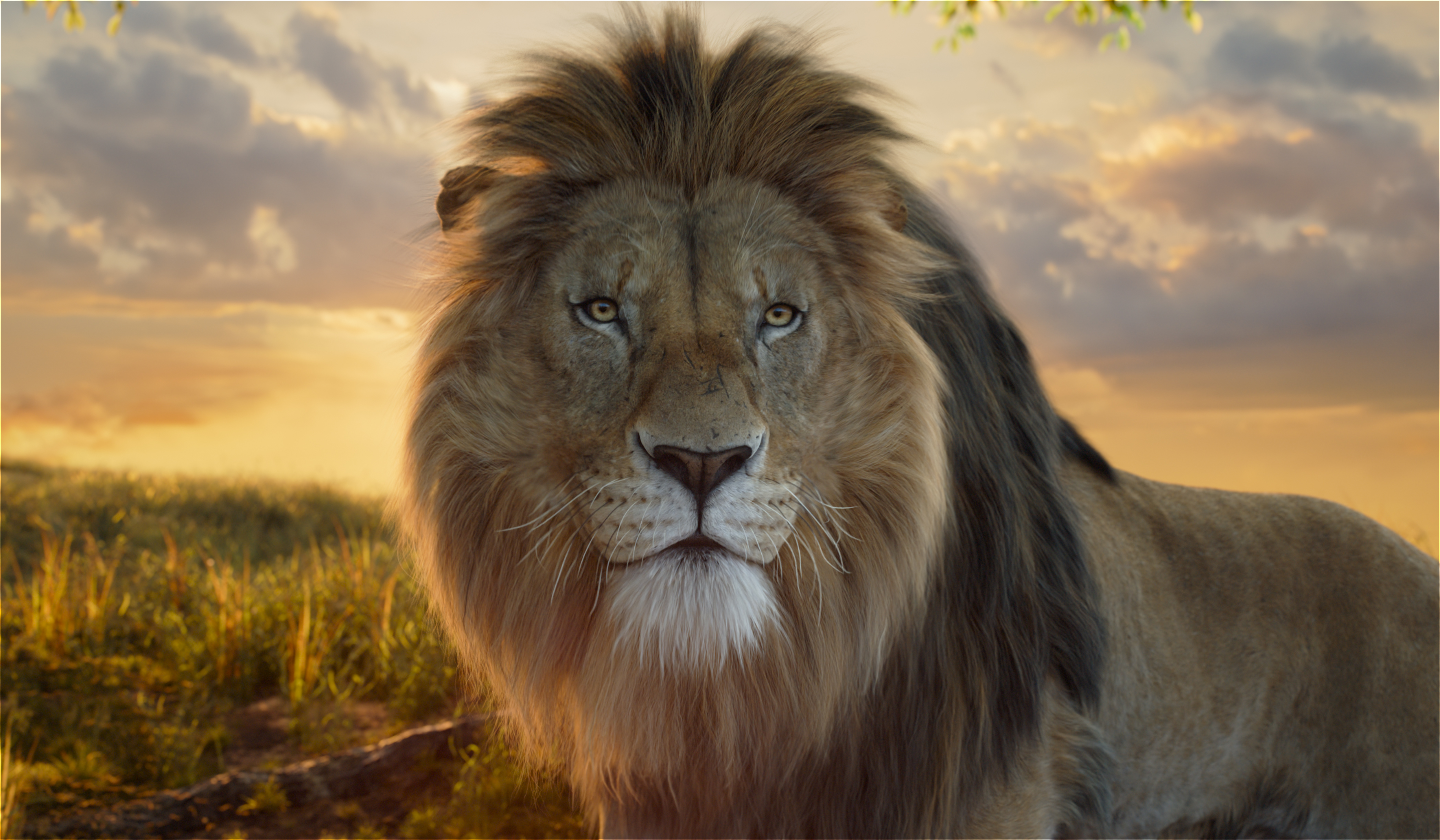
Making the VFX for Mufasa: The Lion King was a personal project for Visual Effects Supervisor Audrey Ferrara, and meant developing some new techniques and workflows, including making use of Unreal Engine to bring the famous lion pride to life.
Beginning our conversation by identifying the creative cornerstones for MPC’s work, Audrey Ferrara explains that, “Every movie brings a new set of challenges, but it felt as though all those years of experience had been a rehearsal, preparing us to tackle a project of this magnitude".
Audrey explains how bringing back the Lion King pride was an immense project requiring delicate work, particularly when it came to de-aging the popular characters.
"We had to strike a balance between making them appear younger while preserving their essence – the unique qualities that make each character who they are," says Audrey. "Then there are all of the different environments for this film: rivers, mountains, snowy landscapes, clouds, jungles, mountains, fire and earthquakes."
Telling the story of where this lion named Mufasa came from was incredibly important for the MPC team. Of the landmark setting of Pride Rock, Audrey makes the point that, “You don’t want to change Pride Rock, but that particular set also evolved in the movie with the changes of season and so on. We had data capture and MPC went to Africa to shoot references for all of the sets. Data capture came back with something like 10 terrabytes of images of incredible African environments, flora and fauna.”
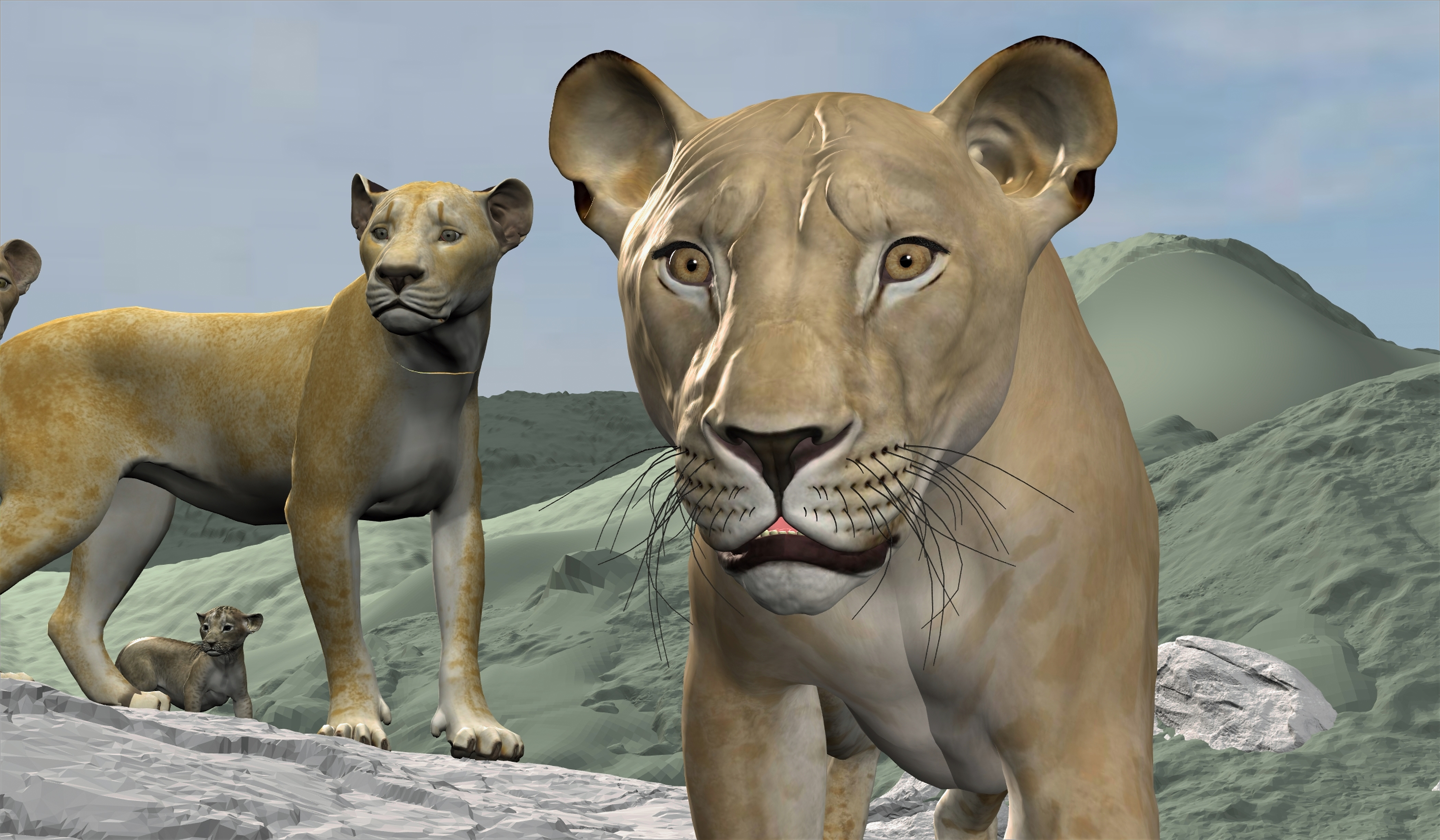
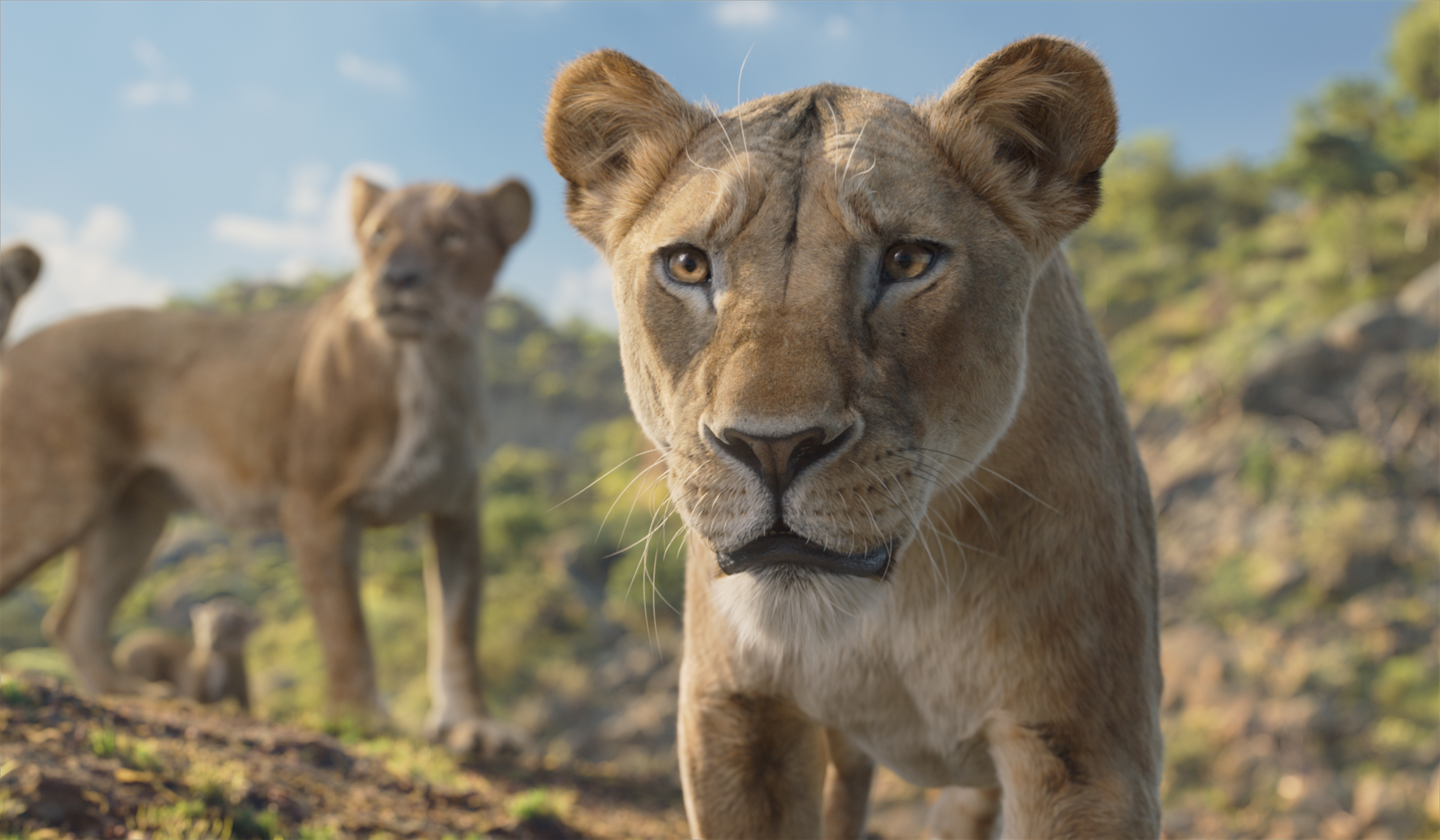
It's no surprise to say that any given project has the capacity to build on a preceding venture and Audrey. “We’ve been developing our tools for years now, and we also developed new tools for Mufasa so as to give an even better visual experience for the audience.”
Indeed, the film’s work with photorealistic images registers at both the smallest and most expansive levels of storytelling and Audrey explains how part of MPC’s work was centred around. “Enhancing the interactivity of the animals' fur, as well as their environment - particularly the grass and water - was a key focus,“ says the VFX supervisor.
Audrey makes clear that rendering the images at the required level of detail, and managing the vastness of the environments being depicted, made the issue of storage for the team a challenge. She notes: “I think that we had about 30 petabytes to store; from first shot to last shot.”
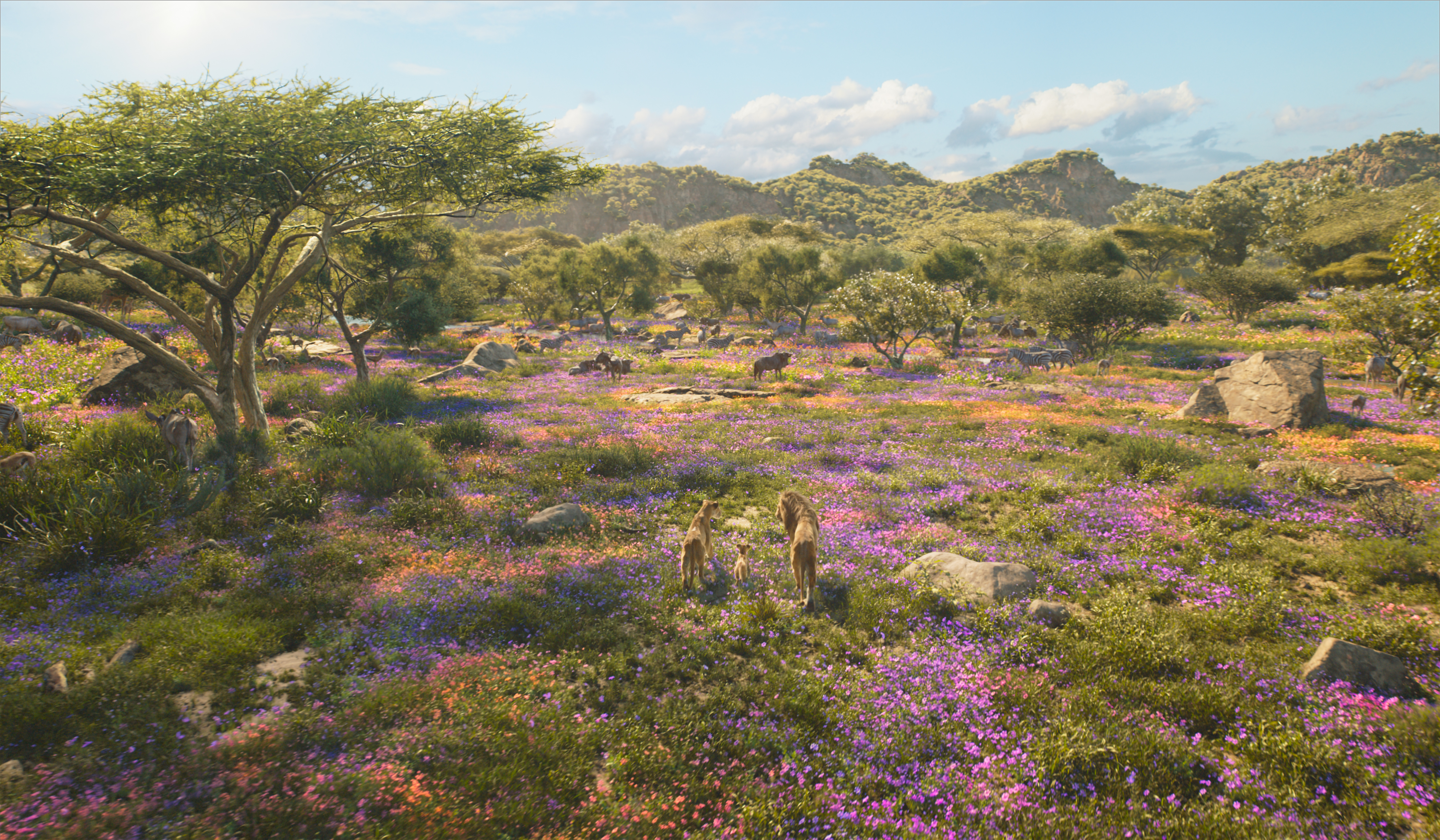
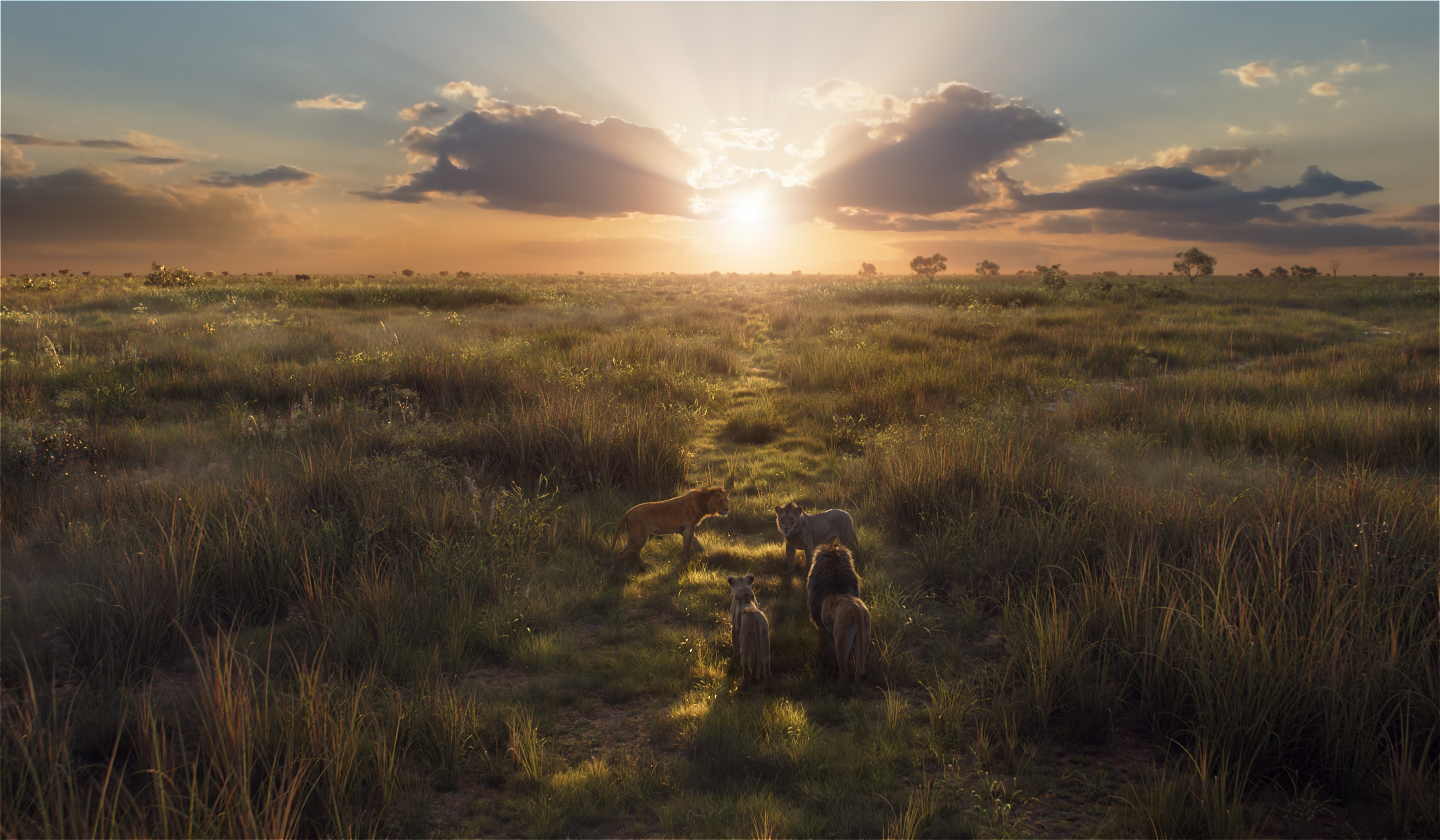
Making Mufasa: the value of previz
Key to the work of Audrey’s team was the previz process and she is keen to explain just how fundamental it was to the iterative process of MPC’s work on the film.
She explains: “First of all, previz was a very big step; more-so on this one than on previous movies. Previz was our time with the filmmakers and we tried to capture every single creative input that they gave at previz level. We worked very closely with Mark Friedberg the production designer, James Laxton the DP and our director Barry Jenkins.
"Previz is a step further on now in terms of look and detail and so, in a way, it’s more than previz. For instance, the digital sets were meticulously built and textured, while James Laxton dedicated significant time to pre-lighting before the shoot. Barry Jenkins collaborated closely with Dan Fotheringham, the Animation Supervisor, pushing the animation further than usual in the previz phase. This allowed for a more refined and dynamic performance from the animated characters during the virtual shoot.“

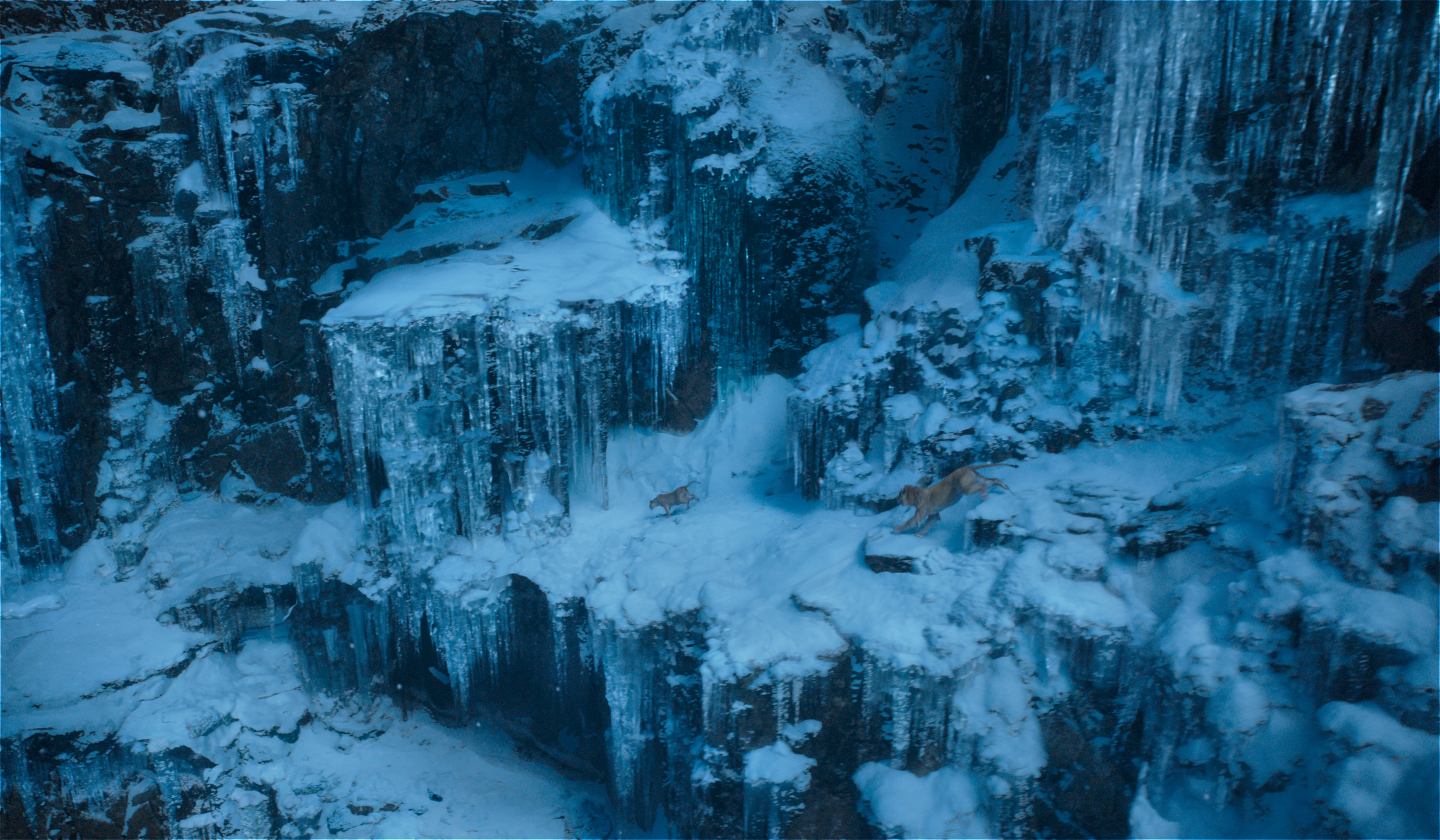
Using Unreal Engine in Musafa's VFX
Audrey explains further how the previz work utilised Unreal Engine, explaining how everything for Musafa was done and shot in Unreal, with MPC creating its own tools to export scenes to send to all the relevant teams.
She tells me: "This meant that we could keep the animation so that departments would have their blocking in place and would start their work from there. All the sets were sent to the environment department and built from there, and all of the lighting choices went to the lighting department. It meant that we would lose nothing from the previz process."
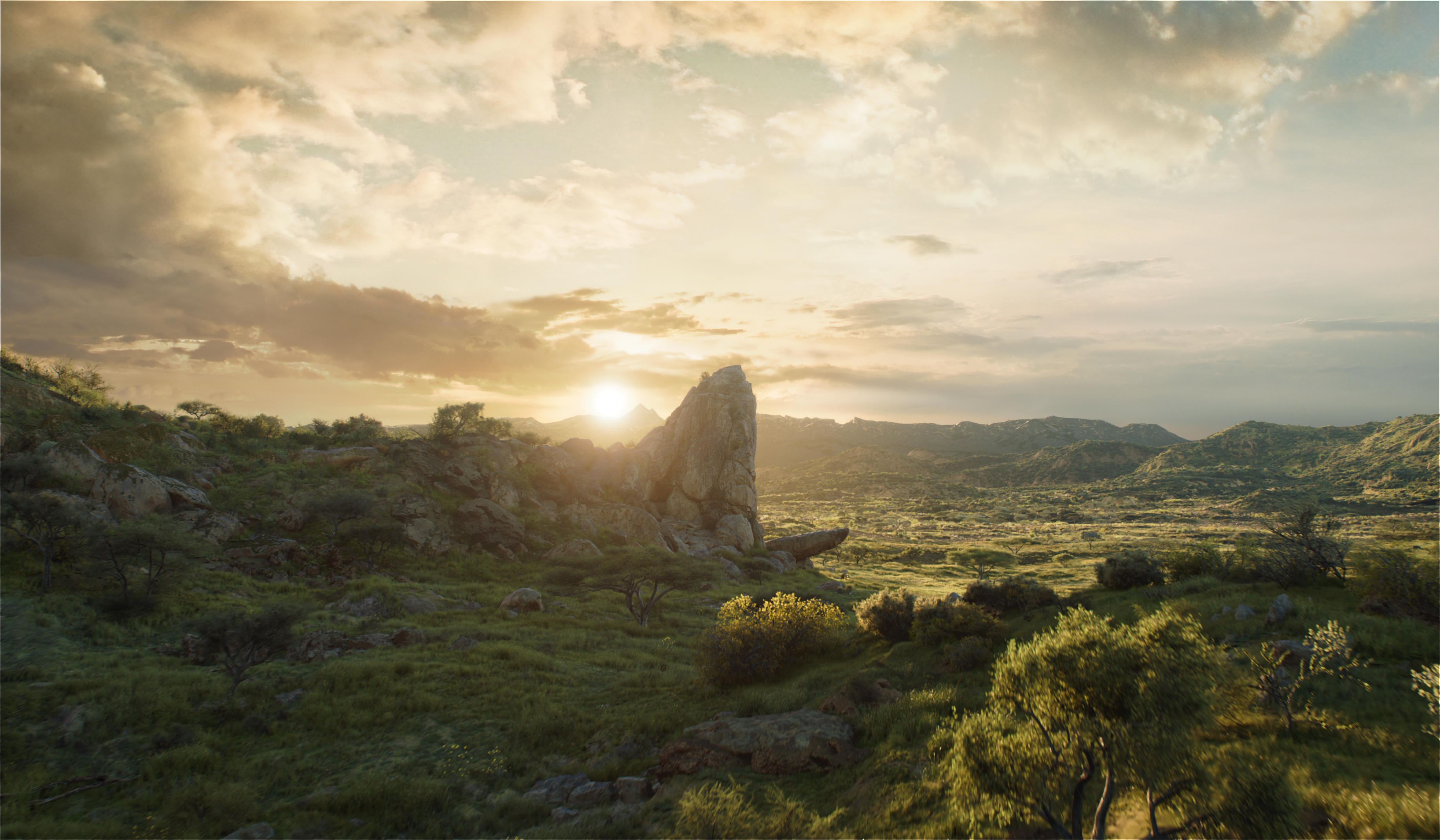
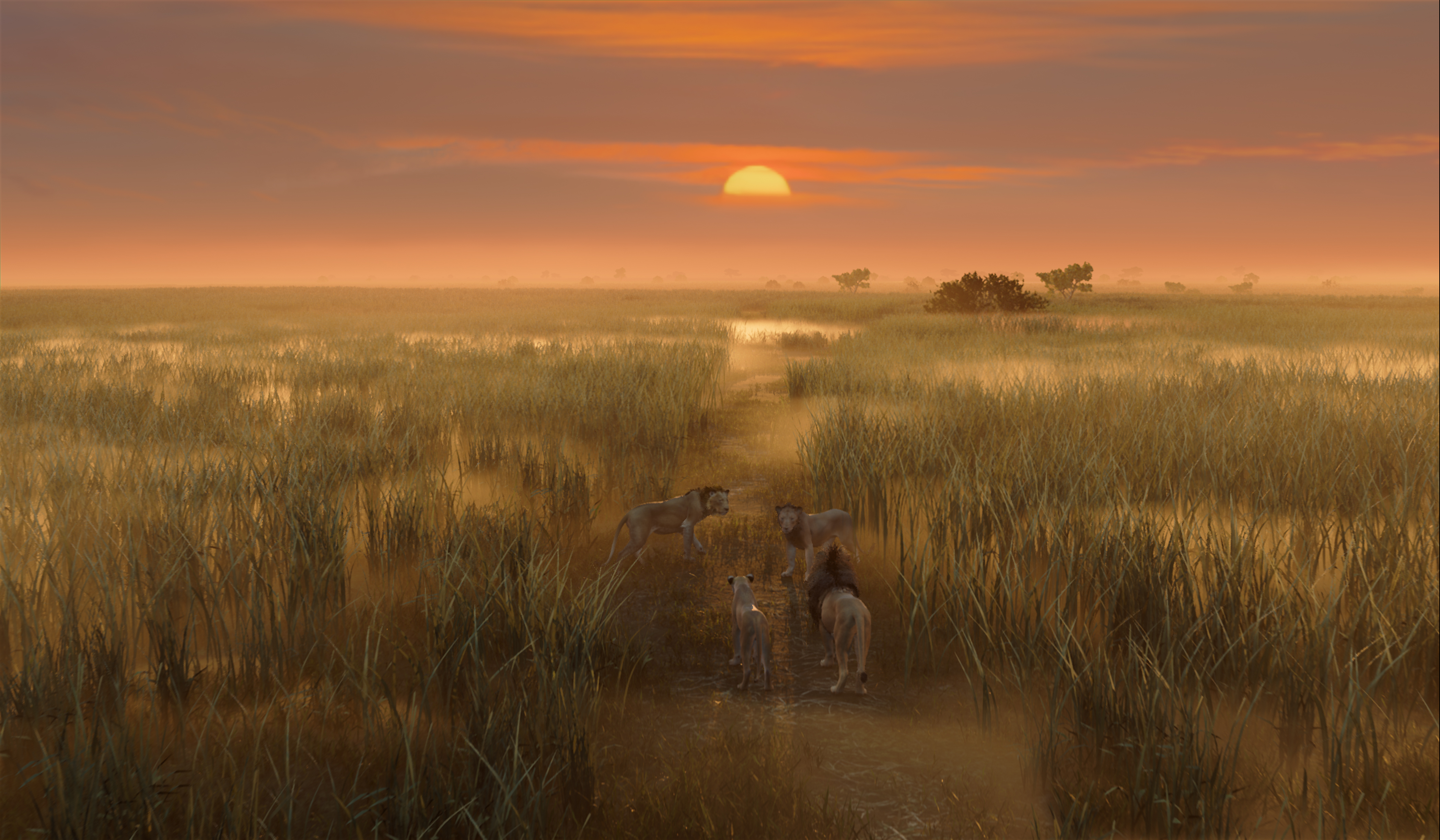
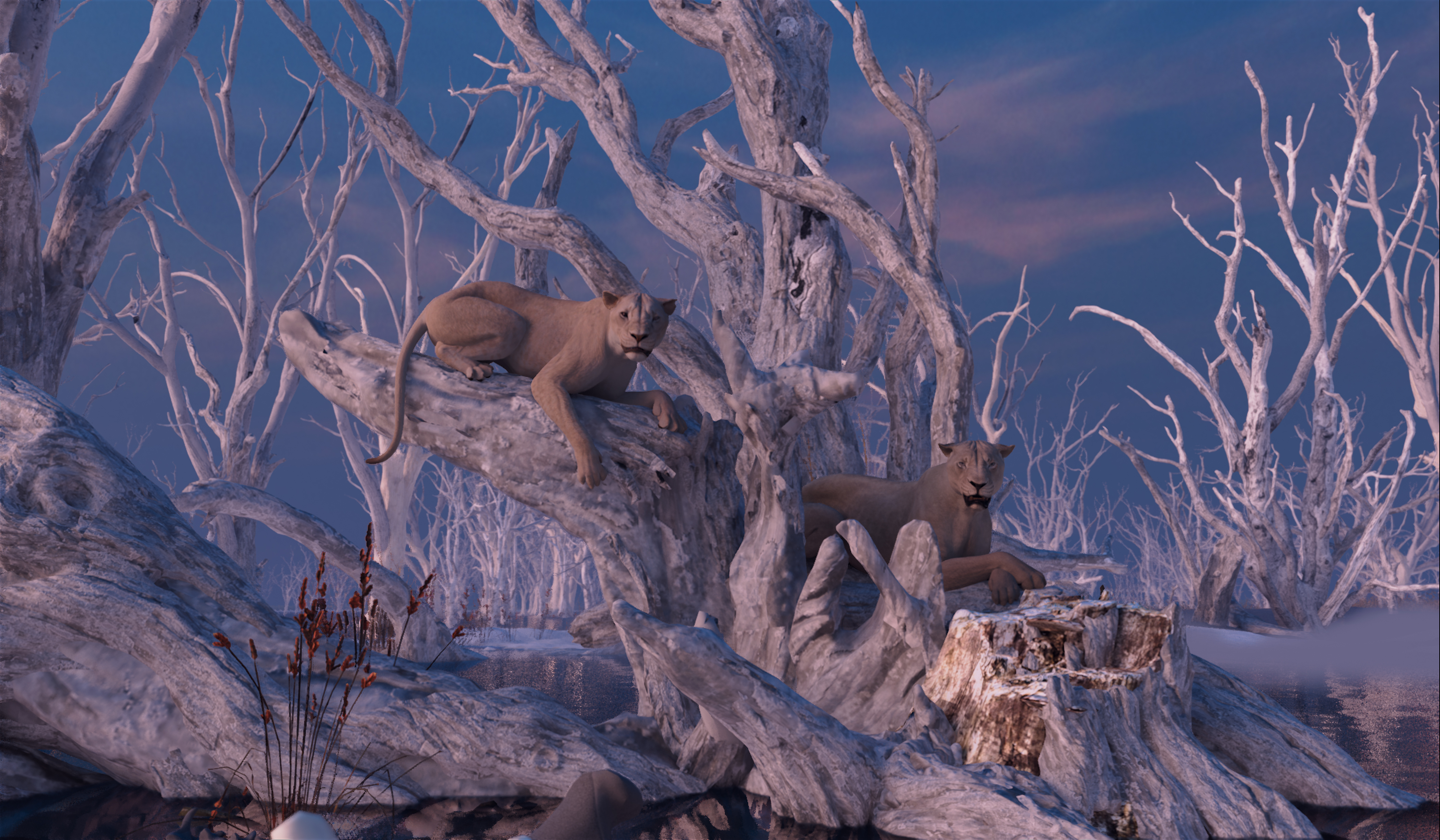

There are befores and afters where, if you look at the previz and the final shots, they’re very close, reveals Audrey. "It’s like all the artistic intentions were there from day one in the previz. It was really important to provide these tools to the filmmakers so that they could explore as much as possible in this digital space," says Audrey.
She adds: "Previz was the ultimate bible for every department. We would even send material back to Unreal so that we could reshoot it. At MPC, any animation that was primary or final we were able to send back to Unreal to be post process-rendered so that in their edits the filmmakers would not have a loss of visual quality."
This was Audrey's first time using this kind of previz workflow and was impressed how efficient and creative it was. "It meant that we didn’t have the kinds of situations where suddenly you’re missing ultimately 50% of the essence of a shot because you don’t have the lighting, or you don’t yet have the full set yet. It was a really great tool to give a better understanding of sequences.”
Iterations of an idea
For sure, there were elements of long-established procedure that MPC continued to work with, and Audrey recalls how, for the process of turnover, the team would have more traditional stages in place where everything was built.
"But there was a lot more back and forth between those tools than you usually have in previz and postproduction because we were able to send stuff back into Unreal," shares Audrey. "So, this timeline felt more flexible and fluid than in traditional visual effects. It was as if the flexibility of our pipeline helped the ultimate goal of telling the story and asking 'What do we want to convey? What is the job of that one shot in the scene?'"
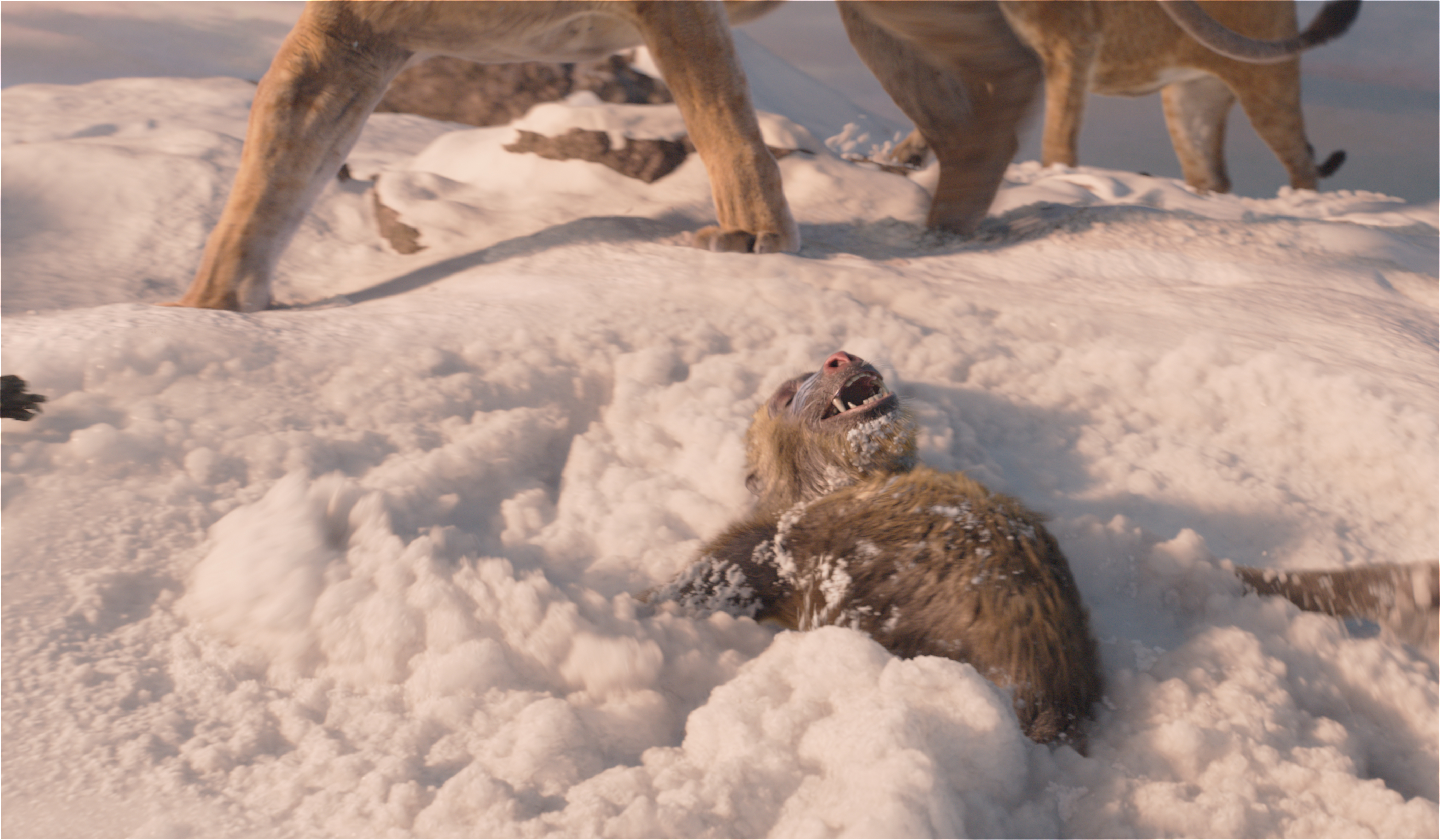
Water, water everywhere
In order to further illustrate the density and the intensity of the work produced for Mufasa, Audrey identifies one the film’s set-piece sequences, explaining how in one scene, where flash flood separates his parents. Audrey explains how this key scene was made:
"That was one of the hardest sequences in the movie for multiple reasons. One: this is the moment that defines everything and sets this kid on the journey. It is so charged emotionally that it echoes the stampede of the original movie.
"The element of water posed a significant artistic challenge both in its visual representation and in the intricate choreography involving multiple characters. Maintaining the right timing and pace was especially tricky, ensuring the audience remained fully immersed in the scene alongside the cub. We really needed to find the right tone for the scene, so that it wasn’t too slow, not too scary and not too harsh, and that meant that we almost had to start from the end (of the process) which was the simulation of the water.
"We started with the water because we needed to have a template of where it would be and the pace and speed of it and then we would send it to animation. They would do their pass and then send it back to FX for the input of the environment.
"That sequence involved constant collaboration between every department and the filmmakers, with the edit evolving over an extended period. It remained a work in progress for much longer than usual, as it was a pivotal moment in the story that needed to be perfected. This departure from our typical workflow underscored the immense challenge it presented."

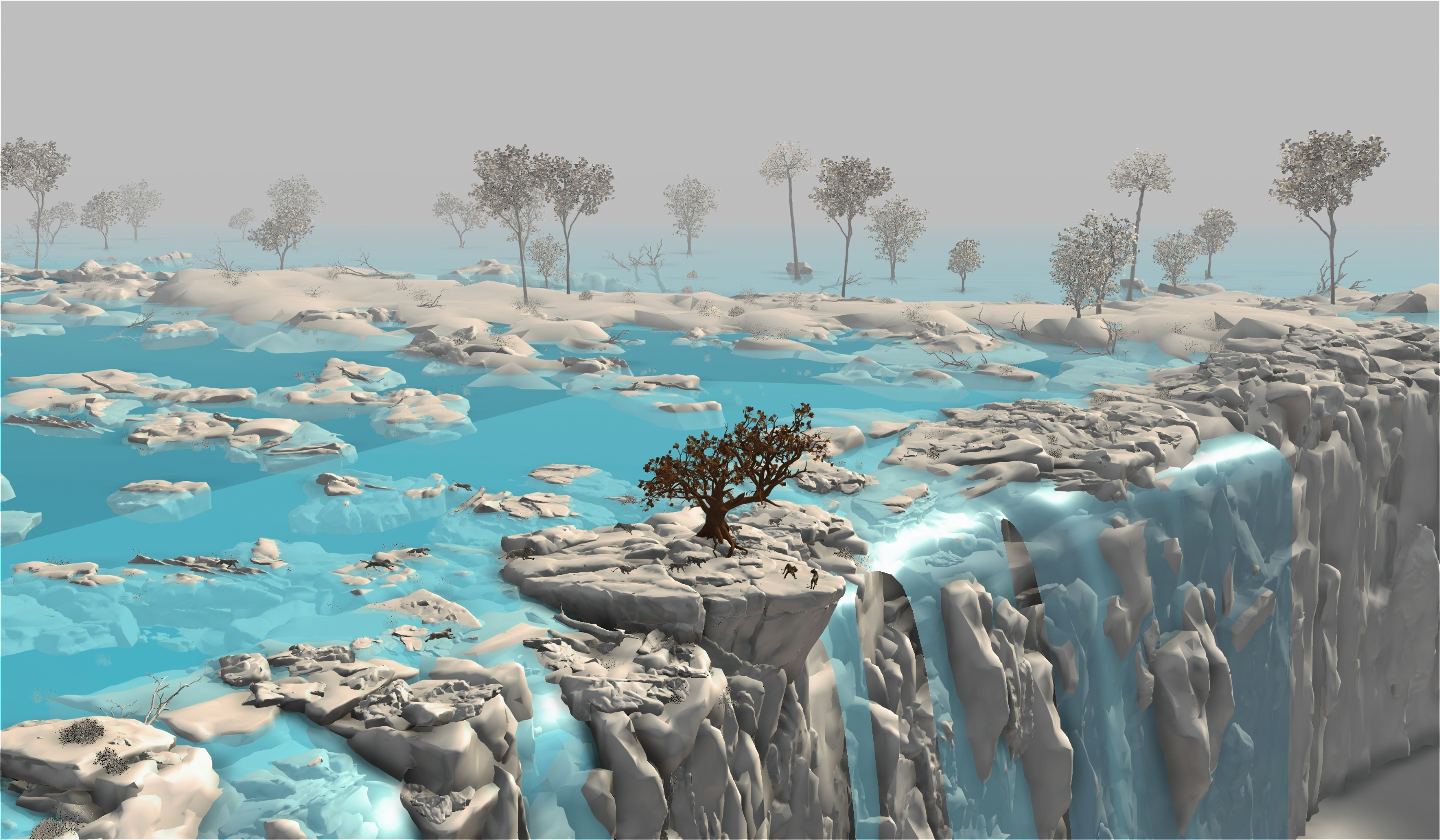
Creating close-ups and long takes
A close-up is a powerful cinematic device and Audrey offers a sense of the significance of the close-up as a storytelling choice in Mufasa. She notes that, “Because the camera is so close to its subject in this film, we have to have far more detail. The models are much more complex: we have far more polygons and way more hair counts".
This need for detail led the team to develop a new look-dev process for fur, aiming to achieve unprecedented physical accuracy using ray tracing to simulate the way light interacts with each hair as though it were a tiny glass tube. "Enhanced controls allowed us to capture incredibly subtle details – those almost imperceptible nuances that you may not consciously notice but instinctively feel," reveals Audrey.
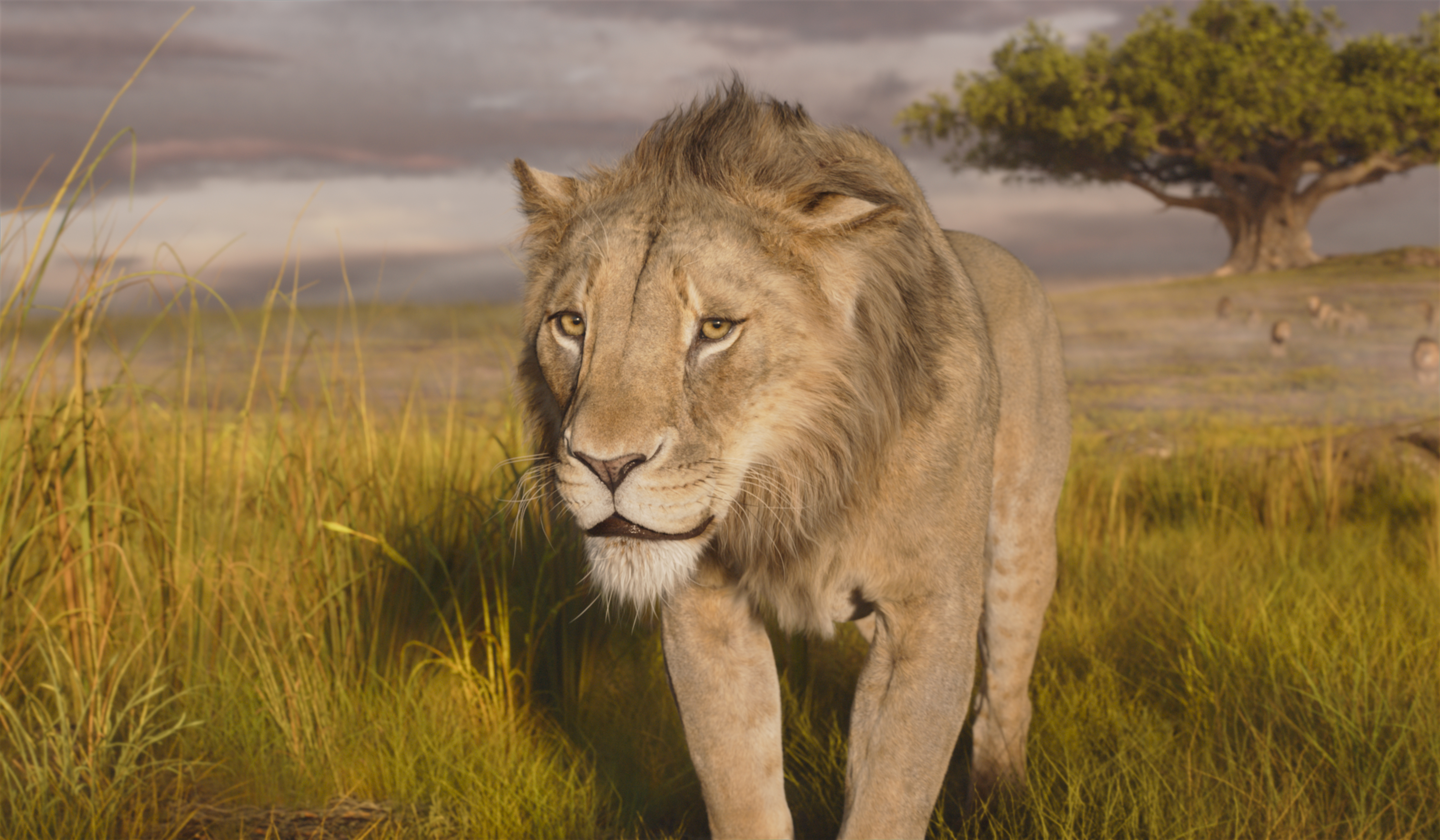
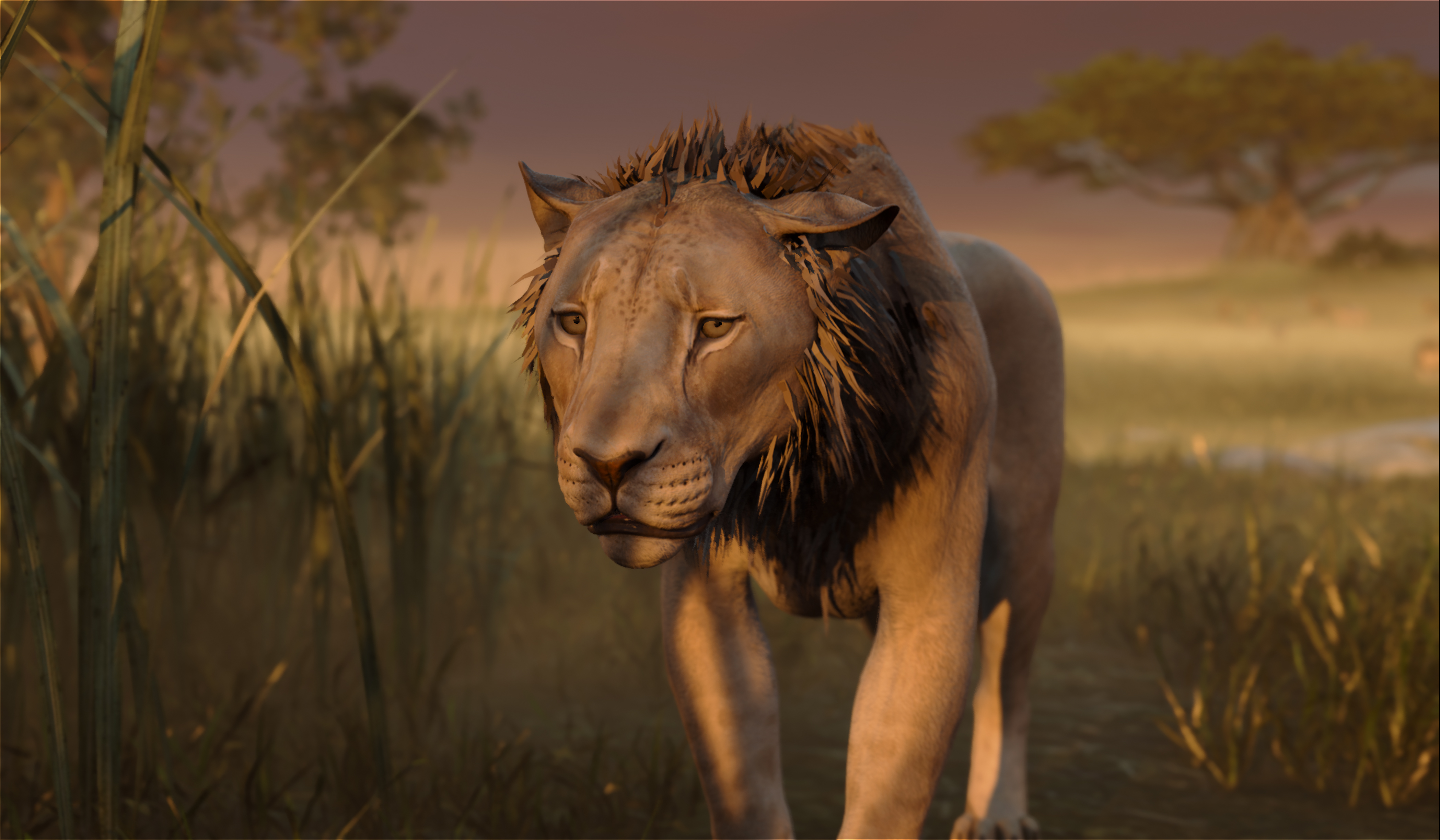
The other distinctive aesthetic of Mufasa are the duration of many of its shots and how the camera is really dynamic, and how it moves back and forth with the characters. The challenge was to find the right tone for each shot, with some running to 2,000 frames.
"We had a few shots where we’d scratch our heads and ask: how are we even going to split it to render it? Some shots took at least three weeks to render just to achieve a first pass," shares Audrey.
"Beyond that, we faced the challenge of managing the dynamic elements – not just of the characters, but also the environments," she explains. "It was crucial to maintain a consistent level of quality throughout, ensuring that every aspect of the shot was visually cohesive. You can’t focus on making just one part of a shot beautiful; every detail, in every frame, needed to be considered and perfected across the entire sequence. We made sure that we kept our focus on the storytelling and that we didn’t forget about the characters; even if they are in the background.”
Creating expressive characters
For Mufasa, MPC engaged in a significant phase of research in relation to animal and environment reference. Getting the characters just right are a big point of the challenge the team faced, as everyone knows how Mufasa looks when he is an adult but how does he look when he’s a cub and a teenager?
Audrey explains the process: "This process began in the art department with Mark Friedberg, and I was fortunate to be involved during preproduction. Mark undertook extensive development work to capture every stage of Mufasa’s life, ensuring physical continuity that reflected how events shaped both his physique and his family.
"We even created detailed family trees, as the story spans multiple generations. How do you keep certain features in one family as the common point? For example, does Mufasa inherit his eyes from his mother or his father? It was a big family research project through developing concept art and then working out how to translate that it into 3D.
"You see the performances evolving through the movie and you can see Taka slowly becoming Scar in his movements, his way of walking, and even the position of his head.”
In turn, further questions needed to be addressed were addressed as Audrey describes, “How do you make this model live, because the character will define himself through his motion. The animators did a lot of reference research, going back to the original film from 1994 as the point of origin.”
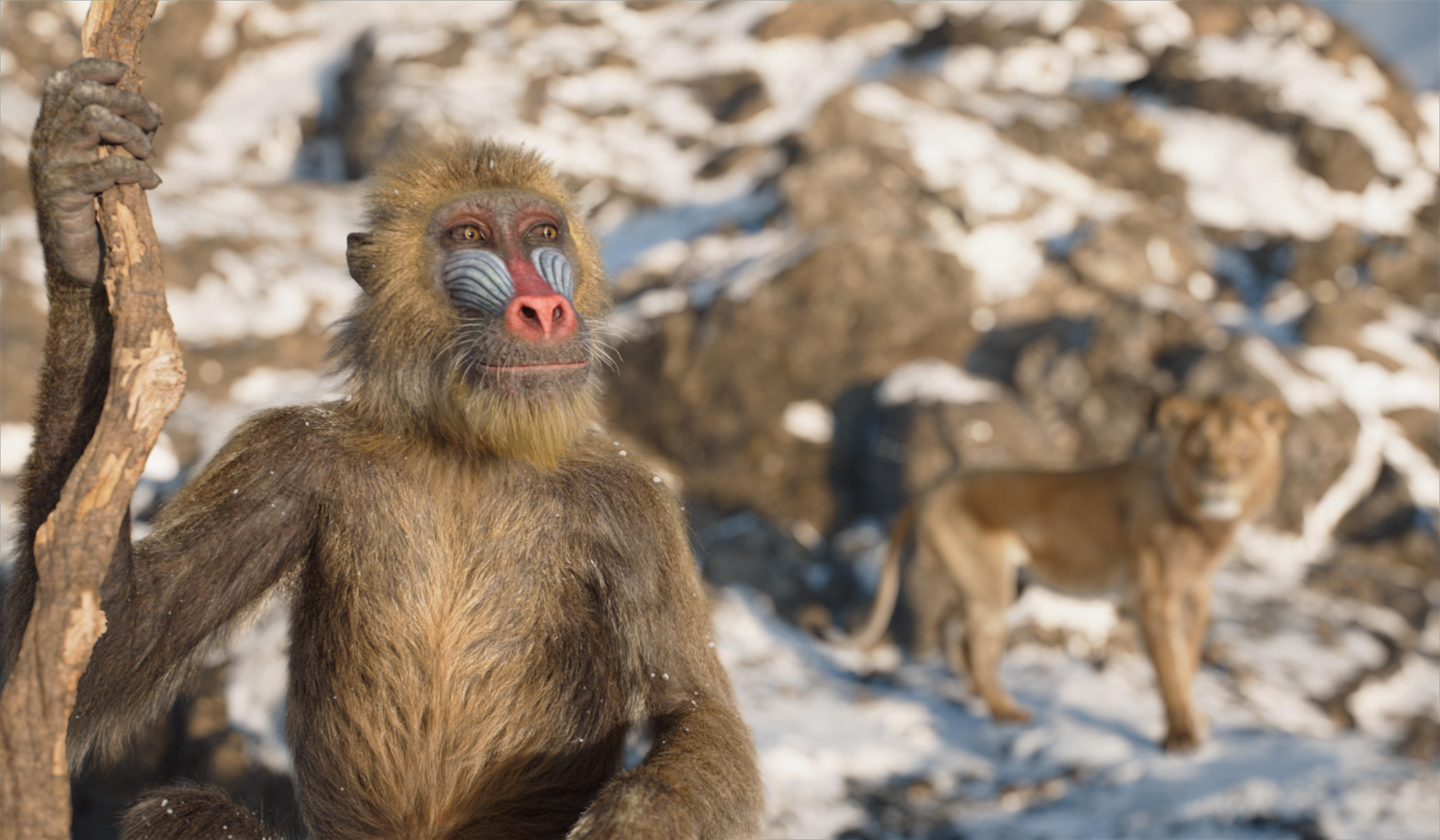
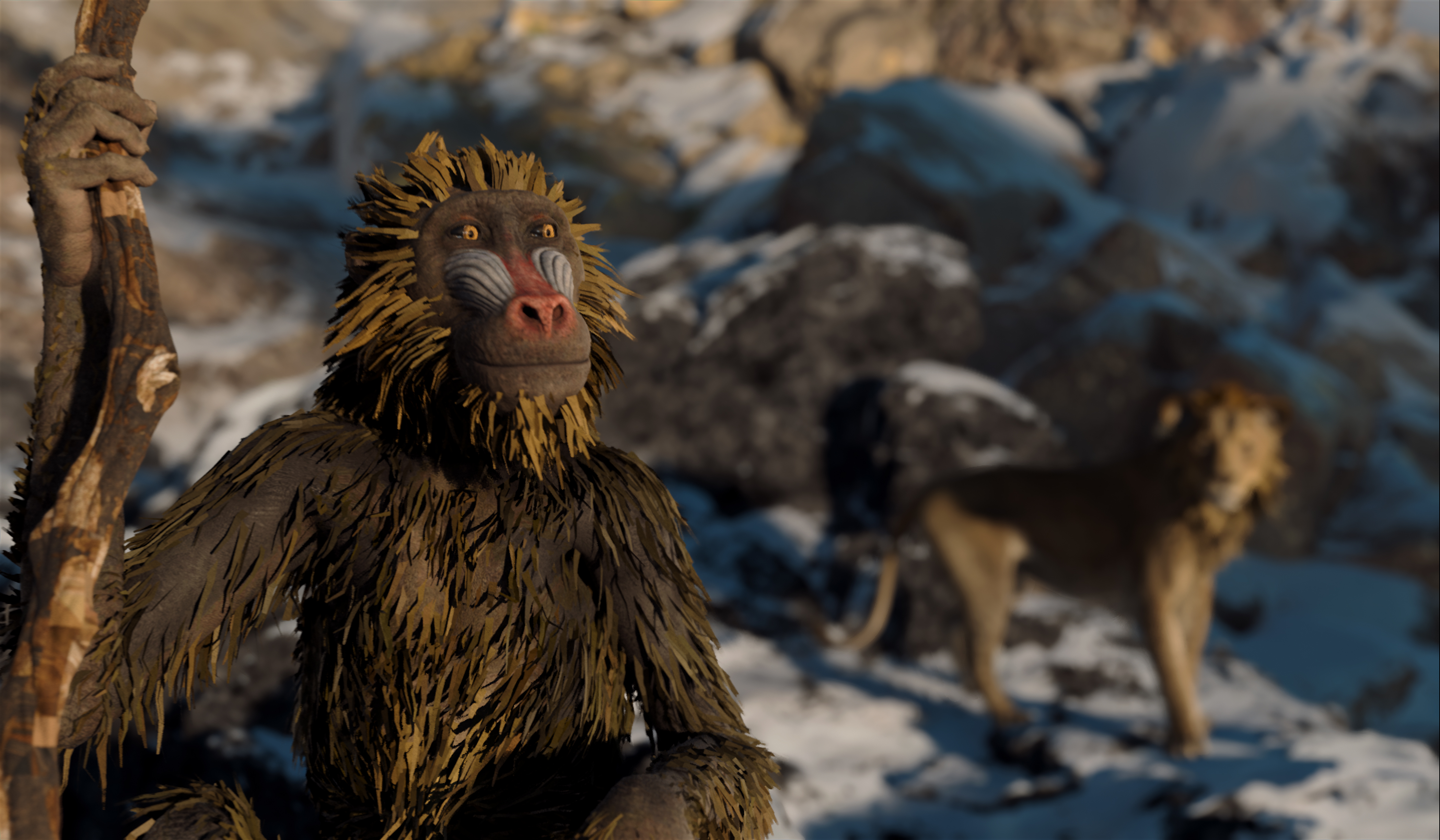
We’ve been rehearsing for twelve years to make this one and it has been a wonderful journey: technically, humanly, creatively
Audrey Ferrara, Visual Effects Supervisor, MPC
To conclude, Audrey reflects how, "Everybody wanted to make the best movie possible at every level. I think there was no such thing as ‘locked’. There was space to experiment and try and get a better result. We tired, tested, and then tried something else to find the answers. It was definitely one of those great moments. It felt like the perfect alignment of conditions, with everyone united under the same mission."
She adds: "For four years, the team worked tirelessly, leveraging all the foundational tools and techniques developed at MPC for previous films. This project gave us the opportunity to push those building blocks even further, reaching new heights of innovation and artistry. Mufasa’s actually very personal to me because I’ve been at MPC for thirteen years now. I’ve seen so much development at MPC. It’s as if we’ve been rehearsing for twelve years to make this one and it has been a wonderful journey: technically, humanly, creatively.”
If you're inspired by Audrey's work, read our guide to the best 3D modelling software. Visit MPC VFX for more on how the film was made.







